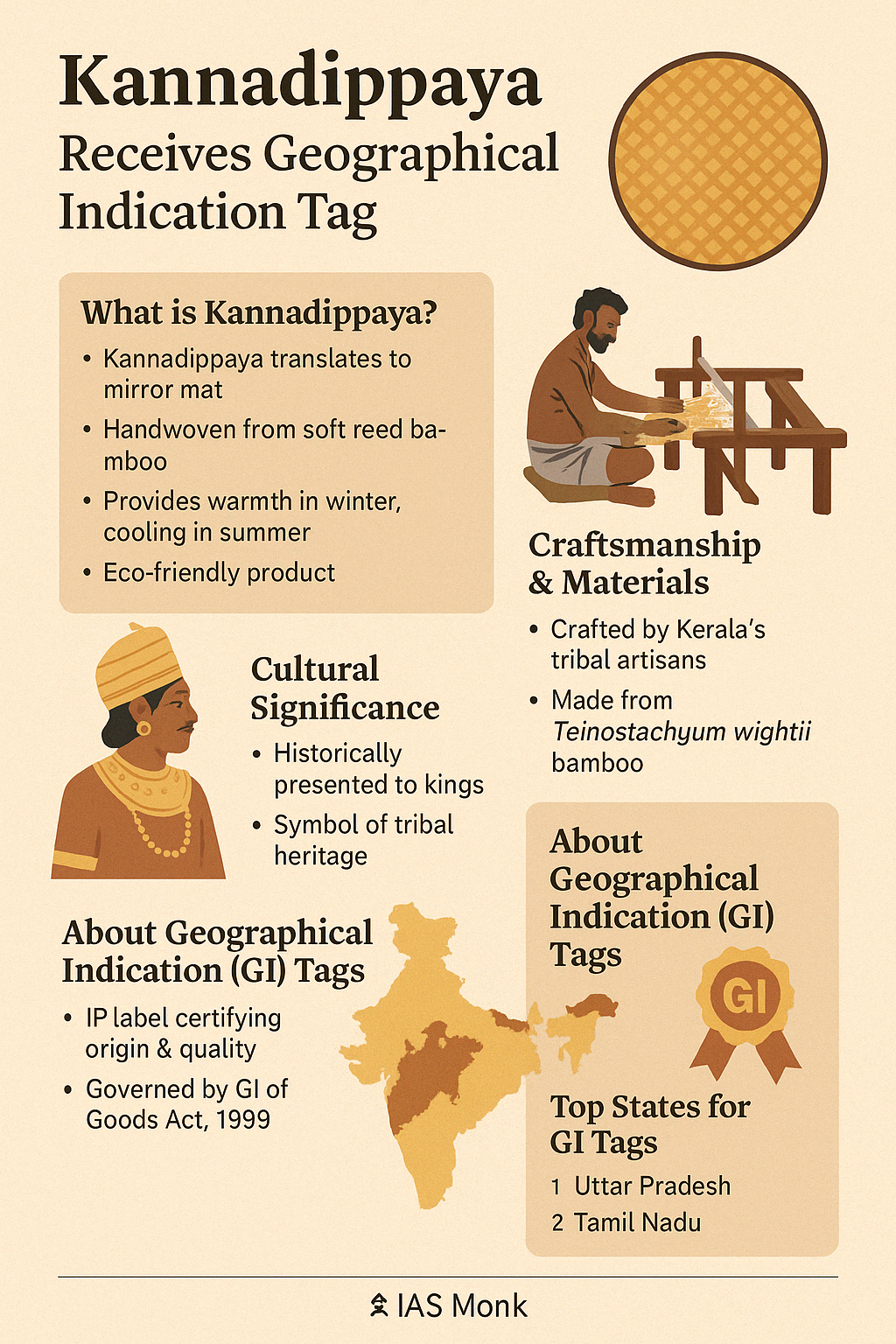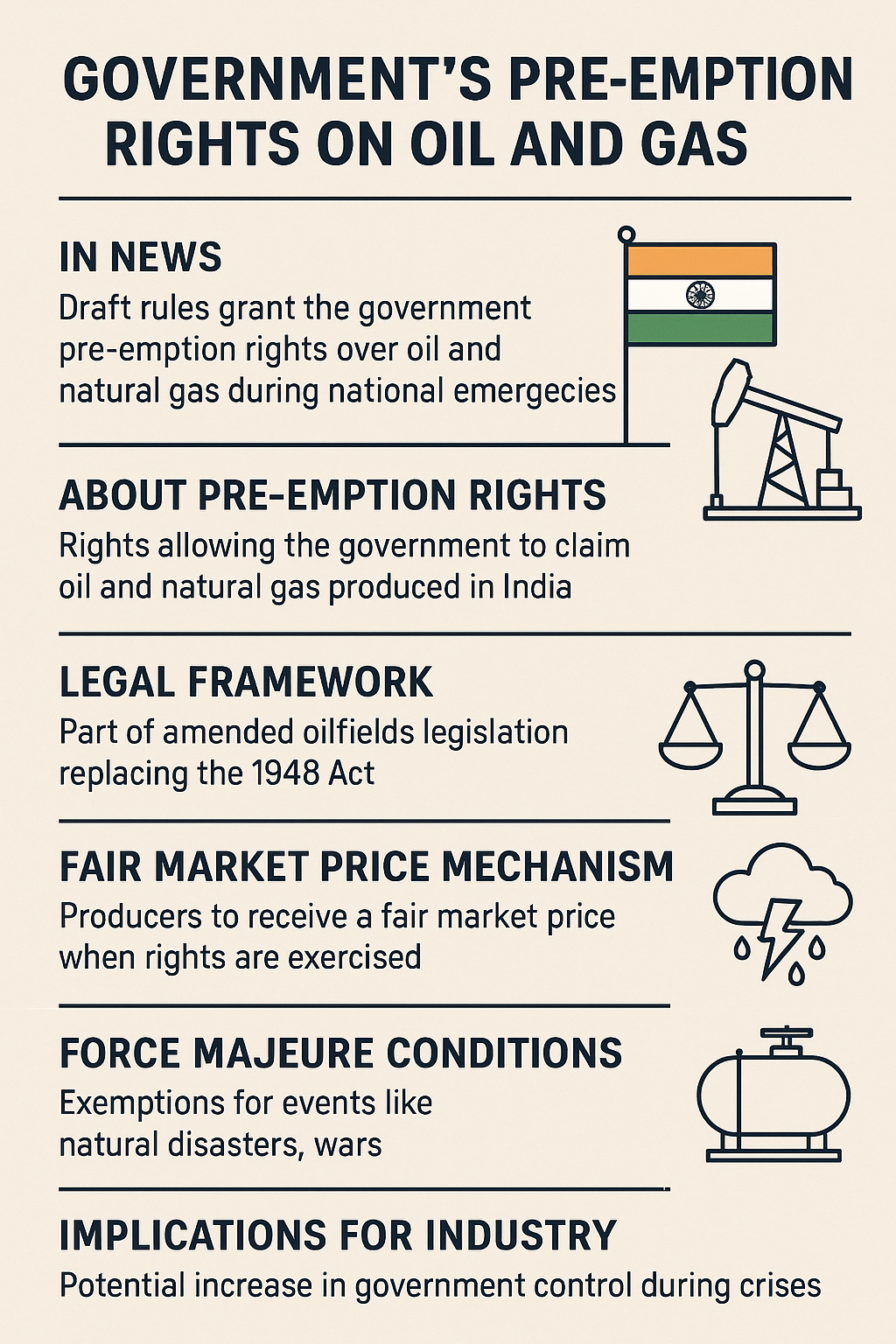
006-Apr 22, 2025 : The End of a Papacy — Pope Francis Passes Away at 88
📌 Relevant Essay attached at the end.

🕊️ The Passing of a Pilgrim Soul
On the morning of April 21, 2025, the Vatican announced the death of Pope Francis, aged 88, due to complications from a severe cerebral stroke followed by irreversible heart failure. A shepherd to 1.3 billion Catholics across the globe, Pope Francis died humbly—his final wishes requesting a simple burial at the Basilica di Santa Maria Maggiore, far from the grandeur of St Peter’s.
Battling multiple health conditions, including bilateral pneumonia, diabetes, and hypertension, the Pope’s decline had been closely followed in recent weeks. As per his final spiritual testament, he chose to forgo elaborate rituals—his tomb will bear no decoration but the single word: “Franciscus.”
🕯️ Legacy and Leadership
Elected as the 266th Pope in March 2013, Pope Francis was the first pontiff from South America, the first Jesuit Pope, and the first non-European to ascend to the papacy in more than a millennium. Born Jorge Mario Bergoglio in Buenos Aires, he took office in the wake of the Vatican’s most turbulent period, following Pope Benedict XVI’s resignation.
His papacy was marked by:
- Humility and personal austerity
- Vigorous reforms in the Vatican bureaucracy
- Emphasis on social justice, economic equity, and climate change
- Compassion toward the marginalized, refugees, and the LGBTQ+ community
- Acknowledgment of past abuses and a drive toward institutional accountability
🕊️ What Happens Next: Sede Vacante and the Road Ahead
With the Pope’s passing, the Vatican enters Sede Vacante — the period of a vacant papal seat. The Camerlengo, Cardinal Kevin Farrell, has assumed temporary charge, and preparations for the Novendiale (nine days of mourning) are underway.
🔸 The papal conclave — comprising all cardinals under 80 — must gather within 15 to 20 days to elect a new pope.
🔸 India has four voting cardinals eligible to participate in the conclave:
• Cardinal Filipe Neri Ferrão
• Cardinal Cleemis Baselios
• Cardinal Anthony Poola
• Cardinal George Jacob Koovakad
🔸 The conclave will be held in the Sistine Chapel, and the world will wait for white smoke — the ancient symbol of a decision reached.
🌍 A Papacy That Touched Every Shore
Pope Francis’ teachings transcended creed and class. Though a traditionalist in doctrine, he ushered in a new tone of empathy and openness — speaking of love and forgiveness, and embracing a more inclusive Church. His pontificate leaves a paradoxical legacy: deeply progressive in tone, yet doctrinally conservative. He strived to make the Church more human, more fallible — and more honest.
🕊️ “A little bit of mercy makes the world less cold and more just.” — Pope Francis
📘 RELEVANT ESSAY ATTACHED: “The Shepherd and His Shoes: A Retrospective on Pope Francis and the Fragile Hope of Renewal”
✍️ A reflective 1000-word essay tracing the legacy, contradictions, and philosophical essence of Francis’s papacy will follow this post. Readers may scroll down to read.
📣 Call To Action
If you’d like a downloadable version of this Hero Post and Essay, or to have it mailed to your inbox, support us with a small utility fee of ₹1 or ₹5 (available after launch).
🔔 Stay with IAS Monk House for daily reflections beyond the breaking news — where headlines meet history, heart, and thought.
Essay:
Essay Title: The Shepherd Who Chose Simplicity — Reflecting on the Life and Legacy of Pope Francis
“A poor Church, for the poor.”
These words spoken by Jorge Mario Bergoglio, upon ascending to the Papacy as Pope Francis in 2013, were more than just a slogan. They were the moral compass of a papacy that unfolded with humility, courage, and deep conviction in an age of institutional unrest, global division, and spiritual fatigue.
Today, as the world mourns the passing of the 266th Pope of the Roman Catholic Church, it is not merely the departure of a religious leader—it is the end of an era defined by reform, spiritual minimalism, and a radical return to the values of early Christianity.
From Buenos Aires to the Vatican: A Path Less Trodden
Born in 1936 in Argentina, Jorge Bergoglio’s early life was shaped not by grandeur but by service. As a Jesuit, he lived among the poor, worked in the slums, and developed a deep understanding of the spiritual hunger that often hides behind economic poverty.
When he was elected pope on March 13, 2013, he became the first pontiff from Latin America, the first from the Jesuit order, and the first to choose the name “Francis,” after St. Francis of Assisi—patron of the poor and symbol of simplicity.
The significance of these firsts was not lost on the world.
A Papacy of Firsts — And Fierce Simplicity
From refusing the ornate Papal apartment and choosing instead to live in the modest Casa Santa Marta, to driving a second-hand Renault, Pope Francis symbolised humility. He shunned the regalia of power and embraced the poor, washing the feet of prisoners and refugees.
But simplicity was not weakness. His papacy was a moral reckoning for the Church.
He addressed the scandals of clerical abuse with painful honesty, and though critics claim he could have gone further, he initiated accountability where there was denial. He confronted Vatican bureaucracy with reforms, financial audits, and institutional clean-ups. In 2024, he declared that “child abuse will never again be protected by silence.”
He criticised consumerism, economic inequality, and environmental degradation. His encyclical Laudato Si’ called on humanity to care for the Earth, “our common home,” igniting a global conversation around climate justice and morality.
A Pope of Paradoxes
Francis was not without controversy. His views were often considered too progressive for traditionalists and too conservative for progressives. He remained opposed to women’s ordination, reiterated Church opposition to abortion, and upheld traditional views on marriage—but he also opened the door for civil unions for same-sex couples, and famously said, “Who am I to judge?” regarding gay individuals.
This paradox was not inconsistency—it was a deep struggle to walk the tightrope between doctrine and compassion, between tradition and transformation.
Death and Transition: The Papacy Beyond One Man
His death marks a profound moment of transition. Pope Francis had already prepared for it—requesting a simple funeral, a humble burial, and declining the triple-coffin tradition. He wished to rest not beneath St. Peter’s Basilica like his predecessors but in the Pauline Chapel of Santa Maria Maggiore—a church he had visited on the first morning of his papacy.
As the Church enters a period of Sede Vacante, the world turns to the College of Cardinals. The process of electing the next Pope will follow ancient rituals, yet the global landscape is different. The next pontiff may well come from the Global South, a nod to the shifting spiritual epicentres of the modern Catholic world.
Legacy of Light
Pope Francis once said, “It is not enough to live, we must also have something to live for.” His papacy gave billions that something—a reason to believe that the Church can still be a moral force, even when it struggles with its shadows.
He leaves behind a Church not fully healed, but stirred from slumber. A Church still divided, but no longer indifferent. He was not perfect—but he was powerfully human.
He reminded the world that holiness is not pomp, but service. That the papal throne is not a crown, but a cross.
And for all of us—religious or not—he offered a vision of leadership anchored not in dominance, but in dignity.
🕊️ A Whispering Thought
The measure of a true shepherd is not the weight of his crown but the light he leaves behind in the hearts of those who walked in darkness.


















